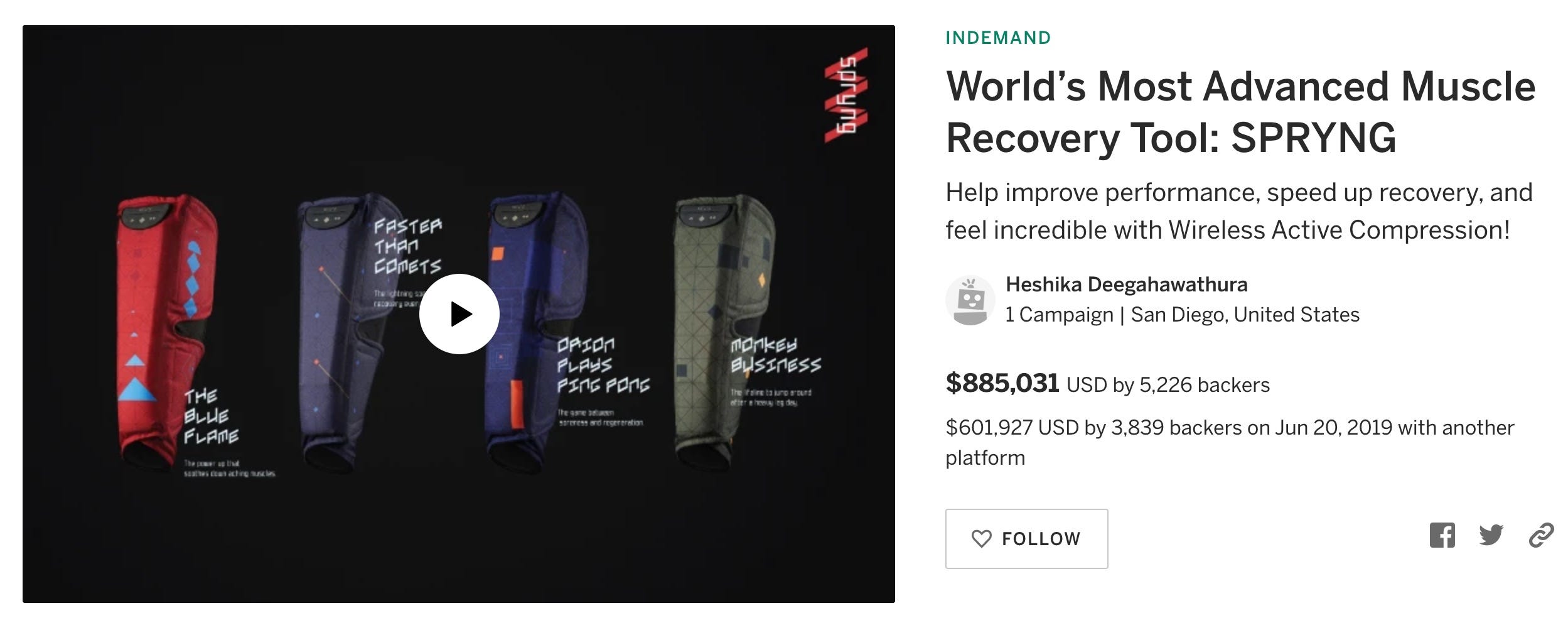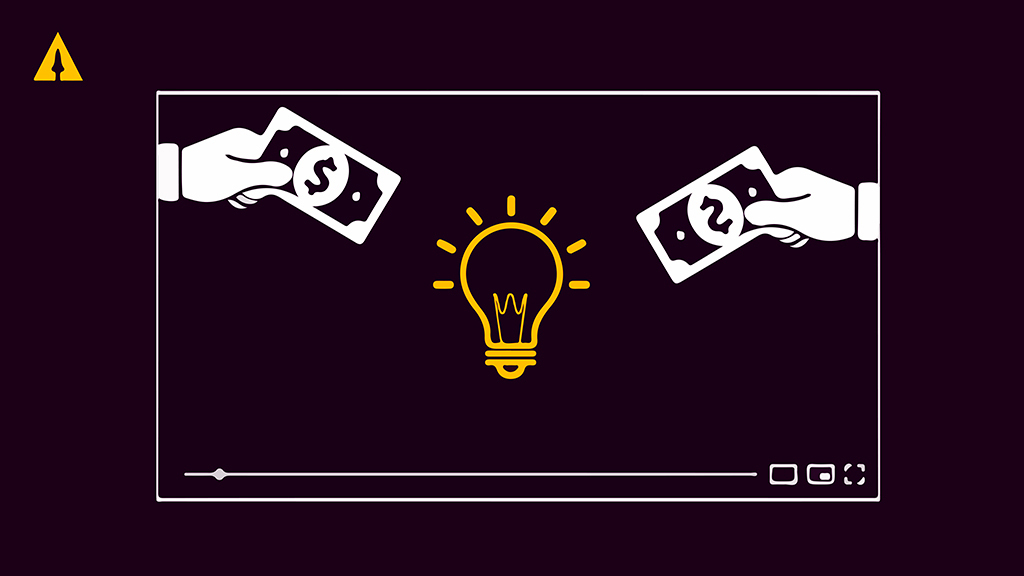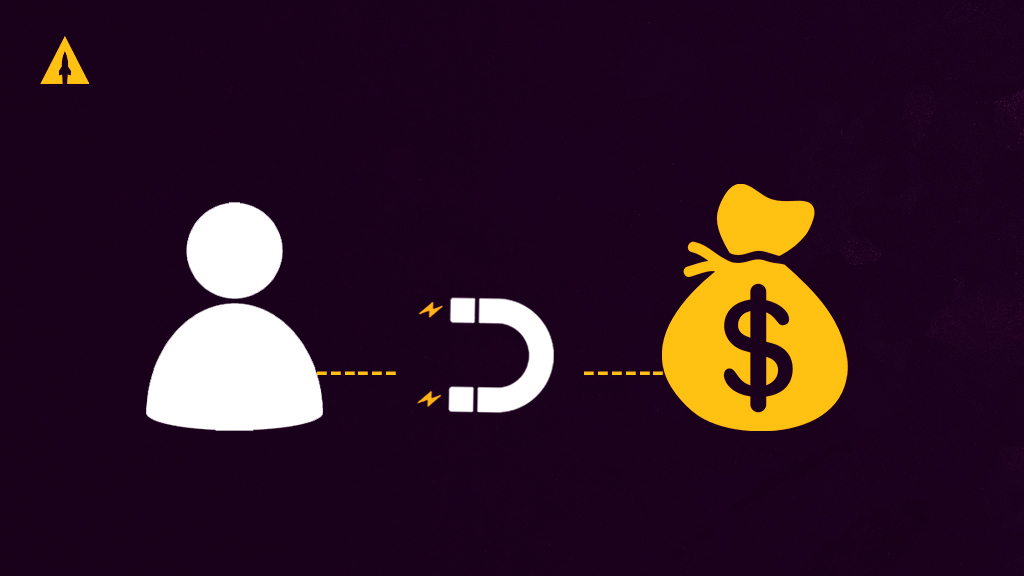
“So, how much are you looking to raise on your crowdfunding campaign?” I ask.
“$1,000,000 minimum,” Jim, the potential client, replies.
“Okay great. Why that much?” I ask.
“Well, I saw that Coolest Cooler raise $13M and my product is way better. So if we don’t raise $1M, it’s a failure,” Jim answers, looking at me incredulously.
“So just to be clear, if you raised $999,999, your company would be a failure?” I say.
Now looking a little unsure of himself, “Um… yes, of course. We need to hit $1M,” he stammers.
Interactions like this are incredibly common in my experience—creators fixated on making over $1M because they somehow got the idea that it signifies success. I’ve come to realize that often, it’s a fixation on short-term success fueled by ego rather than long-term business success fueled by vision.
I get it.
As the owner of LaunchBoom, we are judged by the amount of funds we’ve raised for our clients—not how successful our clients are over the long-term.
Few know that 0.08% of campaigns ever reach $1M. Or that the Coolest Cooler that raised $13M on Kickstarter had to sell on Amazon to “keep the lights on” before even shipping to Kickstarter backers. Or that Pebble, who holds the record for the most funded Kickstarter campaign ever, had to sell all its assets to Fitbit 3 months after its latest multi-million dollar campaign ended.
I’ve come to realize since LaunchBoom’s beginning in 2015 that raising $1,000,000 on Indiegogo or Kickstarter isn’t the most important factor to focus on because…
Short-term crowdfunding success does not equal long-term business success.
Unless you are looking to close up shop after you ship product to your crowdfunding backers, your campaign is just a tiny blip in your company’s existence. In many respects, it’s going to be one of the easiest parts of your company’s existence. Once you actually have to fulfill on your product, the hard part begins.
With all this said, the short-term goal to have a large crowdfunding campaign is not inherently bad. There are many successful businesses that started with a $1M+ campaign. But it’s important to be aware of the reasons why that $1M+ campaign is necessary for you to achieve your business goals. If the reason is because you believe a huge crowdfunding raise is absolutely necessary for you to achieve long-term business success, you should probably find a different reason.
First, let’s take a look at common myths around the importance of a large crowdfunding raise. Next, I’ll dive into unique challenges that often arise with large crowdfunding campaigns. My goal by the end of the article is to give you more clarity on how crowdfunding aligns with your long-term business goals.
Myths About Large Crowdfunding Campaigns
Myth #1: Investors are most interested in large campaigns
Many creators plan to raise investment capital post-crowdfunding. They believe that having a large campaign raise is critical to attracting investor interest. While having a large campaign does make your company more interesting to potential investors, it is not the most important thing.
I reached out to serial crowdfunder and client, Kevin Liang, to weigh in on the subject. He’s not only raised more than $1.5M across all his product launches, but has also raised investment capital many times post-crowdfunding. Here’s what he had to say:
“Investors now know that a large crowdfunding campaign does not equate to post crowdfunding success. More sophisticated investors are now more interested in learning about the fulfillment, defect rate, customer loyalty, etc. from delivering the crowdfunding campaign.”

In other words, sophisticated investors are more interested in metrics that are better predictors of long-term success. It makes sense, since they are simply betting on your company being more valuable in the long-term.
What would happen if instead of being so fixated on the $’s raised, we focused on being able to fulfill on time, or the quality of the product, or giving the backers the best experience they’ve ever had with a brand? We’d then be focusing on metrics more correlated with long-term business success. I also think we’d see a healthier crowdfunding ecosystem as well as more successful businesses.
Myth #2: Retailers and distributors are most interested in large campaigns
Just like the myth around what’s most important to investors, many entrepreneurs believe having a large raise is most important for retailers as well.
I asked our strategic partner Greg Appelhof, President and CEO of SPRING (a strategic retail accelerator), to weigh in on the subject. We work with Greg on many of our client’s projects because of SPRING’s vast knowledge of retail and building brands for the long-term. Here’s what he had to say:
“Although Retail initially got excited about the prospects of crowdfunding— the euphoria quickly dissolved.
Today, crowdfunding is an important market marker, with crowdfunding being an amazing tool to understand product/market fit, customer profile, product preference and roadmap. When crowdfunding is followed by timely shipment, great product reviews, operational and manufacturing scale, and a roadmap beyond the “Hit” product, then Retail can gain confidence in a company who uses crowdfunding as a product launch strategy. Retailers do not create categories, entrepreneurs and innovation companies do. Crowdfunding has accelerated this process across many categories. Retail has benefitted from this new channel of innovation. Smartwatch (Pebble), Smart Home (LIFX), Robotic (UBTECH), Computing (Kano).
What crowdfunding does best is bring AMAZING global recognition. Retailers use this as a gauge and then look for evidence the company can execute.”

Again, similar to the investment myth, retailers gauge interest in a product by how much the crowdfunding campaign raised but it’s not the most important metric. They are more interested in your ability to execute. That includes delivering a high quality product on time, delivering a great customer experience, and being able to scale manufacturing and fulfillment to meet demand.
Myth #3: I need to raise all the funds before my Indiegogo or Kickstarter campaign ends
Since the beginning of crowdfunding, campaigns were structured with a start and end date — anywhere between 1 to 60 days on both Indiegogo and Kickstarter. Many creators are fixated on raising high amounts during this campaign duration and in too many cases, at all costs. Years ago, Indiegogo added a feature called InDemand which made this much less important.
Indiegogo InDemand allows creators from both Kickstarter or Indiegogo to continue to sell their product on InDemand indefinitely. Yes, indefinitely. That means you can take advantage of InDemand without having an end date. This allows creators to continue to take pre-orders using InDemand and increase their total funds raised. Indiegogo even starts your InDemand campaign with the total funds raised from your original Indiegogo or Kickstarter campaign. That way, you aren’t starting from scratch and all additional funds raised from InDemand are added on top of what you already raised.
In the example below, our client SPRYNG, raised $601,927 on Kickstarter and has raised an additional $283,104 so far on InDemand — bringing the total to $885,031 raised (and we’re still driving traffic).

Challenges Large Campaigns May Cause
Not leaving enough margin to manufacture your product
It’s difficult to have a highly profitable campaign that also had a large amount of funds raised. Why? Because running a large campaign costs money and a lot of it.
Right from the start, you take about a 10% haircut from the crowdfunding platform and payment process fees. If you work with a crowdfunding agency, they will get paid a commission on funds raised (let’s say 10%), so now you’re down to 20% off the top. On crowdfunding it’s a best practice to heavily discount your product since backers are technically pre-ordering. The amount you discount varies, but the point is, more margin is taken out. Then, you have all the costs of setting up the campaign (video production, graphic design, PR, etc.). Lastly, you’ll spend money on digital ads where returns can vary largely. But just for the sake of simplicity, let’s say you get a 3x return on ad spend. To have a positive gross margin, you’ll need to have at least 33% left in your margin after all the other costs I mentioned above.
Simply put, margins are tight on large campaigns. If you aren’t careful with your spending on crowdfunding, you can easily be very unprofitable. Unless you have extra cash set aside, not having gross profit means you won’t have money to actually make the product you’re crowdfunding.
This is exactly what happened to the Coolest Cooler campaign that I mentioned above which raised $13M but then needed to continue to sell on Amazon to “keep the lights on”.
Not being able to fulfill to backers on time
I’ve seen creators raise large amounts but have no idea how that will affect manufacturing and fulfillment timelines. Manufacturers can’t magically make any number of your products be produced at the same time. Fulfillment is the same way. You’re not Amazon, so someone has to physically pick, pack, and ship every order too. The more orders you get, the more time manufacturing and fulfillment can potentially take.
If you plan to have a large raise, it’s important to know how much volume your manufacturer can handle and how quickly you can fulfill those orders. Use this information to batch your perks/rewards on Indiegogo/Kickstarter by different estimated delivery dates. For example, you can have batch one ship three months from now and batch two ship four months from now. This will give you a more accurate timeline so you can manage the expectations of your backers.
Delivering a low quality product
On the flip side of not fulfilling on time, I’ve seen creators rush their products to meet delivery time only to delivery a low quality product. Because they were so inundated with orders from their large campaign raise, they were more focused on the additional work that came with many customers and planning how they were going to manufacture and fulfill their orders. Instead, they should have been focused on creating the product they promised backers and delivering an amazing customer experience.
Let’s summarize
Understand your motivations.
If you are set on raising $1M+ (or any large number) on crowdfunding, check if your reason is because “X campaign did it”. If yes, find a better reason.
Understand the myths surrounding large crowdfunding raises.
- Investors do not weigh “funds raised” the most in their decision to invest in you.
- Retailers do not weigh “funds raised” the most in their decision to carry your product.
- The “live” crowdfunding campaign is not the only time you can raise funds. Use Indiegogo InDemand until you are ready to ship product.
Understand common challenges of large crowdfunding campaigns.
- Not leaving enough margin to manufacture your product.
- Not fulfilling to backers on time.
- Delivering a low quality product.
Focus on the factors that matter for long-term business success.
The crowdfunding campaign will be one small part of your company’s journey. Here are the factors I believe are most aligned with long-term business success and should be focused on:
- Create a great product — create what you say you will create. Ensure it’s the best quality product you can possibly make.
- Deliver a great customer experience — deliver happiness. Treat your customers like humans and build real relationships.
- Build a great business — focus on building a systematized business ready to scale. This includes hiring the right people, creating standard operating procedures, creating efficient systems, etc. Build a business to sell even if you don’t want to sell — because a sellable business is a great business.
In the end, how much you raise on your crowdfunding campaign is important, but not the most important factor to long-term business success. Instead, focus on the factors that matter most and the likelihood of long-term business success will be much higher.
If you want to build a business for the long-term, I’d love to work together. Apply to work with us today!




